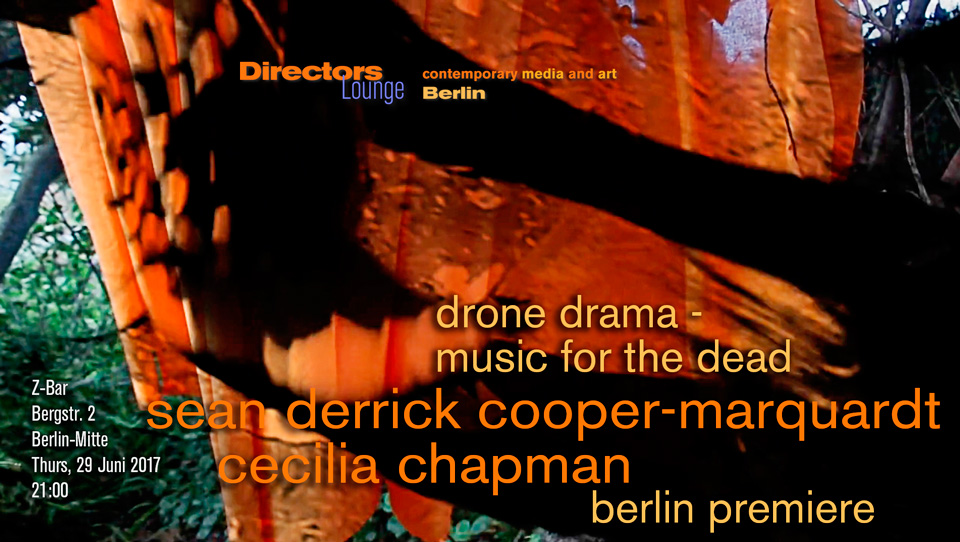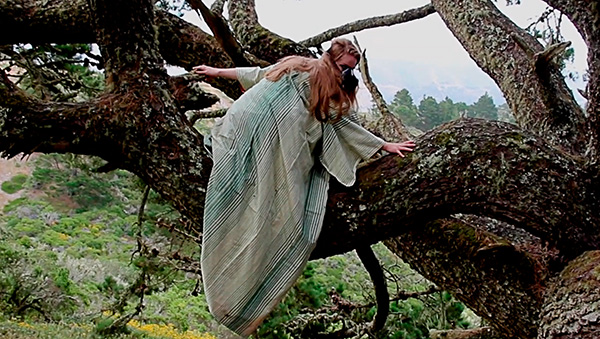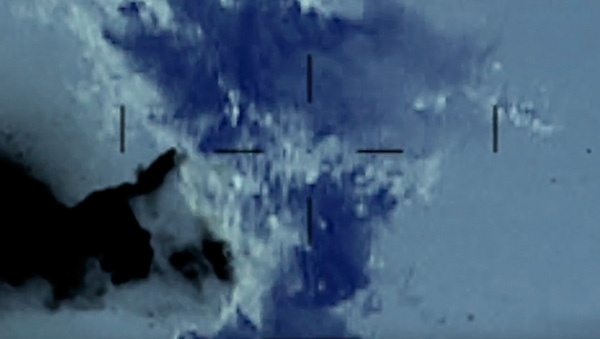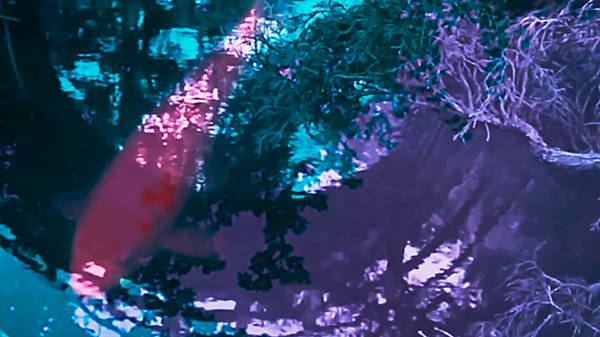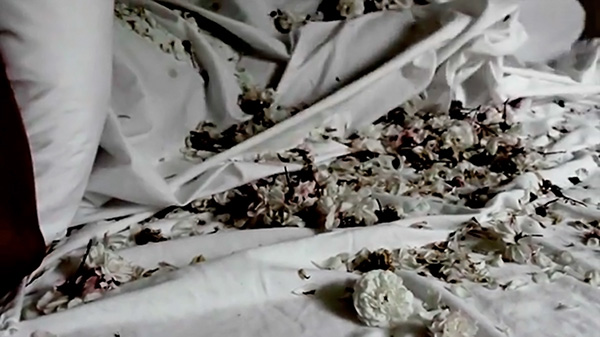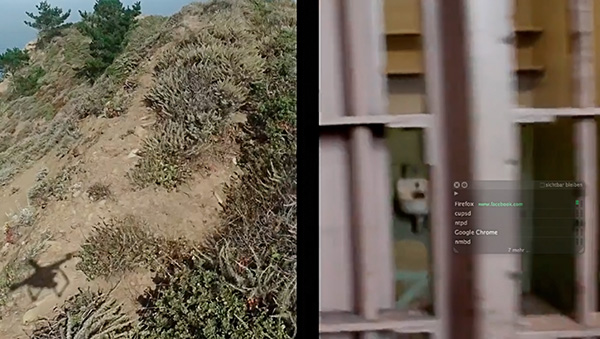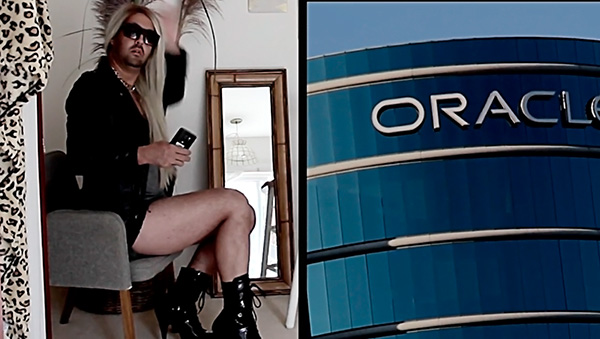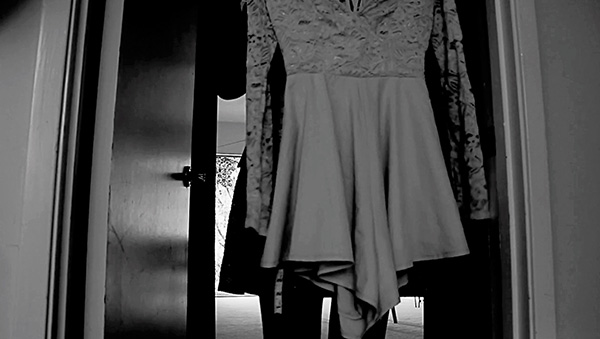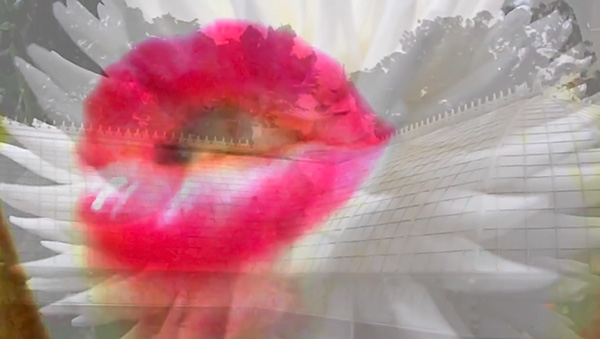directors lounge monthly screenings
sean derrick cooper-marquardt and cecilia chapman
drone drama — music for the dead
Thursday, 29 June 2017
21:00
Z-Bar
Bergstraße 2
10115 Berlin-Mitte
Drone Drama — Music for the Dead
Film of 11 Episodes by Sean Derrick Cooper-Marquardt (Chiacgo/Berlin) and Cecilia Chapman (San Francisco)
And two addiditional films "Déjà vu" and "fear don't knock" by Sean Derrick Cooper-Marquardt and Cecilia Chapman
Live Music by accidental guitarist Sean Derrick Cooper-Marquardt and Elle Peril poetry & performance.
Readings by Miriam Glinker and Heike Klar will be from the stories that are published with the new album "Musik Für Die Toten"
Followed by the Album Release of:
Sean Derrick Cooper Marquardt & Globoscuro — Musik Für Die Toten (2017)
by Hortus Conclusus Records
with written stories by Anne Hahn, Miriam Glinka, Heike Klar and Odessa Selestina Marquardt & poem by Sean Derrick Cooper Marquardt
Published June 9, 2017
https://www.archive.org/details/Musikfrdietoten_HCR2017
Drone Drama — Music for the Dead is a collaborative project of Sean Derrick Cooper-Marquardt and Cecilia Chapman. The project will be presented by Cooper-Marquardt as Berlin Premiere at Z-Bar together with live music and with a reading of texts that were inspired by episodes of the film.
Cooper-Marquardt, originally from Chicago and living in Berlin for 34 years, is an artist who mainly works with music but who has been engaged in many projects, collaborations and festivals. It may be the influence of his earlier times of playing free jazz and house music in Chicago that makes him seek divers collaborations. He also likes to play with different versions of the same piece, created by himself or by collaborations. His preference for this kind of iterations, may be more related to the influences fine arts in Germany than from music. After arriving in Germany, the artist made contact with many artists, some of which are related to the German tradition of Fluxus. Sean Derrick Cooper-Marquardt just released a record by the same title, Drone Drama Musik für die Toten (Music for the Dead), including the same chapters as the film, however with completely new compositions and adding two more chapters. He also asked German writers, to contribute short stories to the project Drone Drama Musik für die Toten, some of which will be read while Sean will improvise music during the reading.
The film Drone Drama — Music for the Dead consists of 11 chapters, each of which have their own intro, showing the title of the chapter. And each chapter has a rather poetic title, like "I Love Watching the Movement of your Limbs when they Tremble from the Wind's Gentle Caress (chapter 1)" or, "If you are not a fish, how can you tell if the fish are happy? (chapter 6)". It is rather exceptional to see films, which are based on music, where music is the inspiration for the images. The music was the base for the films and the titles were in some ways instructions by Sean for filmmaker Cecilia Chapman on how to interpret the music of each section. The two artists knew each other from earlier projects but never met, and all conversation about the production of the film went through internet.
The film starts with a section of a woman in an orange dress lying on a branch of a massive tree on the edge of a valley. The images are clearly metaphorical, but the recording is a very clear high-definition image. The orange color of the dress will reappear periodically in the film. The music is dominated by a drone sound, a hum from electronic or radio noise and some reverberated music. This is intercepted with some tonal electronic sounds. Everything appears to be soft and dreamlike. The woman seems to be stretching joyfully on that tree until we realize that she wears a gas mask. It may happen that the viewer only gets aware of the mask, when at the end of the chapter, the woman starts to wear a beige dress and gets up, into a different position.
Chapter 2 starts with the orange colored dress as background and the title "Things that never die have never lived." In opposite to the first chapter, the filmmaker now uses blurred and electronically distorted images, clouds in pink, patterns, a hairline cross view of a sky with a jet fighter passing, sparks of an explosion, color streaks in water and fume rising up in the sky; all of which is found footage from the net. The sound on the other hand is quite similar, only not as smooth. It seems that the earlier sound from chapter 1 has been reverberated with stronger distortion, using some feedback in addition.
The differences between the two chapters introduces the viewer into the variety of images created by Cecilia, and into the more subtle nuanced changes of the music by Sean. It also introduces the associative relation between title and content of the story in the film. Cecilia has worked for more than a year on the film, using a kind of associative directing of the actors that appear in the film, without relying on a written script. Some chapters almost seem to be sets for a West-Coast drama, which remind of some Los Angeles Film Noir scenes. Others are more related to experimental traditions between documentary and abstract strains.
The name of the project, "Drone Drama" may be interpreted in various ways: Chapter 5 "People build fences to keep people out and other people build fences to keep people in" shows images of two islands off the San Francisco Peninsula: A view onto two islands, on Pedro Rock and into Alcatraz on a split screen. On the right we see a hand-held documentary camera moving through hallways of the Federal Penitentiary located off the coast of San Francisco city, and which was closed in 1963. On the left side of the screen, we see images of a drone flying over dry but green hills looking towards the island Pedro Rock. The shadow of the quadrocopter reveals the origin of the camera movement.
The name drone for an unmanned aerial vehicle derives from the male bee, whose primary biological role is seen in the single goal of mating with a fertile bee queen. He is also the fruit of an unfertilized egg. In relation to Sean's interest in iterations, there is another fascinating detail in the genetic ontology of the drone: "Because the male bee technically has only a mother, and no father, its genealogical tree is rather interesting. The first generation has one member (the male). One generation back also has one member (the mother). Two generations back are two members (the mother and father of the mother). Three generations back are three members. Four back are five members. That is, the numbers in each generation going back are 1, 1, 2, 3, 5, 8, ... the Fibonacci sequence." (Quoted from Wikipedia). Most strongly connected with the name drone in our days however, are the frequent targeted killings by remote controlled combat aerial vehicles, which are neither authorized by court decisions, international law nor United Nation decisions.
The term "drone" in connection with music on the other hand, seems to be much older than the name for the male bee, and originally has little to do with the sound of an insect. It may well be the other way around, the male bee after mating and flying aimlessly around making a low drone sound was possibly named after that sound. Drone, a continuum of sound achieved through a sustained sound or through repetition of a note, is a component of many ethnic music styles. The most popular figure in Western popular music connected with drone sounds is possibly Ravi Shankar, who taught George Harrison to play sitar but also the tanpura. (A tanpura drone plays for example throughout the song of the Beatles Song "Tomorrow Never Knows"). Modern drone sounds like Sean is using for "Drone Drama" are being generated both digitally and analogue by electronic reverberation or feed-back.
To Cecilia Chapman, "Drone Drama" is referring to "the age of the drone" with the contradictions of "a hyper militaristic society". She sees the San Francisco Peninsula as a center of a military related economy despite the reputation for liberal laws and the "clean", smart technological revolution generally connected with California and Silicone Valley. The artist points out the military component of the "electronic revolution", which are connected with the worlds biggest naval industry in San Francisco during WW2 and the efforts of the national government and the Stanford University to keep the area prosperous after WW2 and the Vietnam War. Chapman mentions income disparity, environmental catastrophe and an "epic cultural clash" as a result. This is also why she chooses many locations in the film. The first chapter is related to Aliso Canyon gas storage, which had a massive methane gas leak in 2016, even visible from space. Chapter four shows images of "Oracle" one of the biggest companies for database development, Chapter seven shows people living on the San Francisco freeway ramps, homeless and always in danger to be removed.
However, in Chapter nine 'When Eating the Fruit, Remember the One Who Planted the Tree.', we see something more positive: pictures of the San Francisco Potrero Seed Library and of several botanical gardens. It is a grassroot project, which is trying to work against the extinction of species, mostly caused by monoculture, agro- and genetical industry. The pictures, however, talk a less documentary language. Red lips are overlaid with an array of other images: first a bright glass conservatory seen from the outside, then pictures of a botanical garden, and the inside of a conservatory. The teeth of the lips seem to pull off leaves from a yellow flower in an erotic gesture. Then appears the front of a drawer for index cards labelled "wild flowers" followed by a camera tracking into the drawer, showing a card named "cosmos (plant)". While we see more labelled drawers, the overlaid lips keep chopping something bright yellow, which now more clearly seems to be an exotic fruit. The whole chapter, together with the high-pitched feedback of highly resonated drone recording, seems to be dreamlike and haluzinatory. The saturated colors of lips, fruits and flowers alternating with the more dull colors of drawers, index cards and the front of a book add to the impression of two realities interfering.
Each chapter of the film is short and very different in style. This way, the viewer has no time to analyze the content of the chapters individually. However, the images together with the words of the titles seem to interact and interfere, held together by the continous quality of the sound, which shifts in pitch and between more electronic and more natural acoustic sounds. The drone sounds are being interrupted by pulses of noise or melodic tones. They still appear to continue throughout the whole work, never becoming dramatic as in conventional film sounds. "Drama" rather appears to be the result of the ongoing and shifting drone, creating an expectation of dramatic peak, or resolution, similar to the effects of diminished chords in tonal music.
Thinking about the multi-faceted associations, the collaborative project of Cooper-Marquardt and Chapman evokes, it may also be interesting to know how their collaboration proceeded. The two artists exchanged ideas about the places in San Francisco to be used as locations over the internet, without him knowing those places before. And even though Sean did not interfere much in the directing and editing of the film, Cecilia shared the experience with him, and everybody interested in diary on a Facebook Page, which can still be visited.
https://www.facebook.com/ChapmanMarquardt/
The reading of texts about Drone Drama together with the music, and finally the films of Sean and Cecilia will create a very inspiring evening, which can be interpreted in many different ways, poetic and political, metaphorical and associative. And of course, it will be great to see the different collaborative pieces of Drone Drama come together in one evening.
Artists Links:
http://www.stadtsprachen.de/en/author/sean-derrick-cooper-marquard/
http://www.ceceliachapman.com/
Also check out:
https://seanderrickcoopermarquardt.bandcamp.com/
Music Album: https://yeahiknowitsucks.wordpress.com/2015/08/02/sean-derrick-cooper-marquardt-music-for-the-dead/
Elle Peril: http://www.feminanongrata.tumblr.com/
Press Links:
Z-Bar - http://www.z-bar.de/
Directors Lounge - http://directorslounge.net
 Back Back
|
